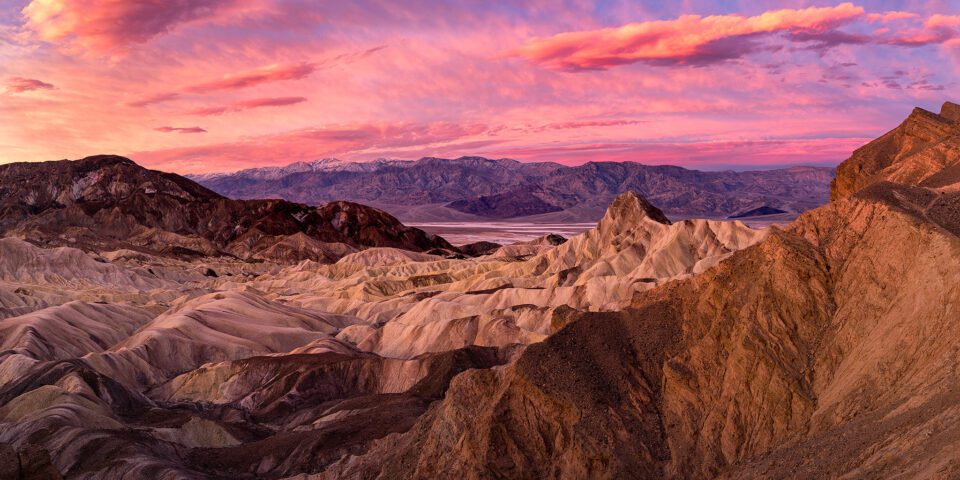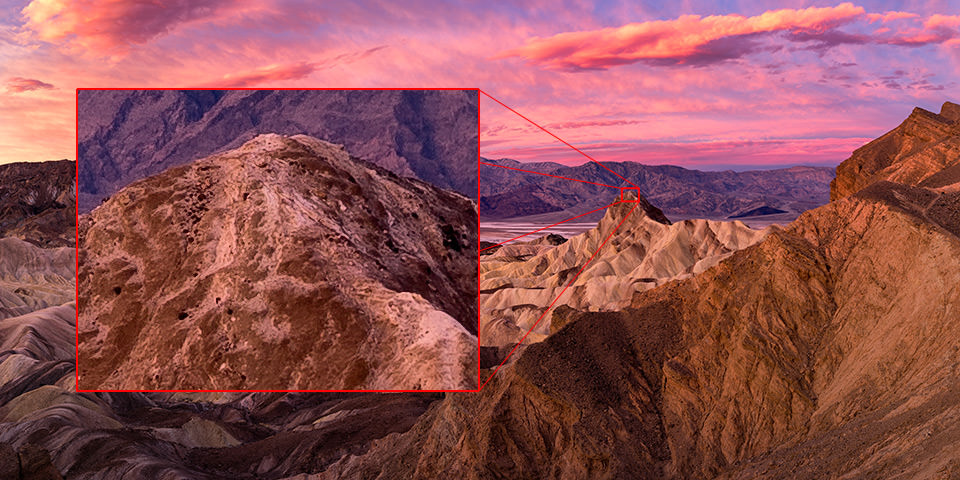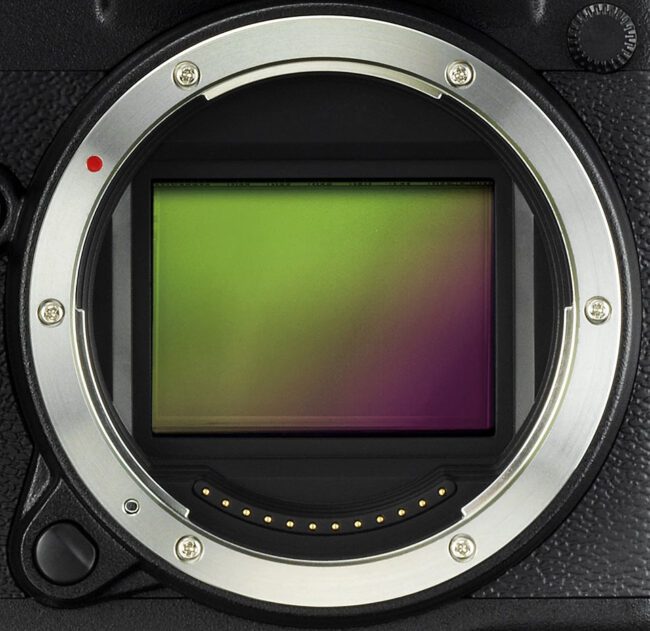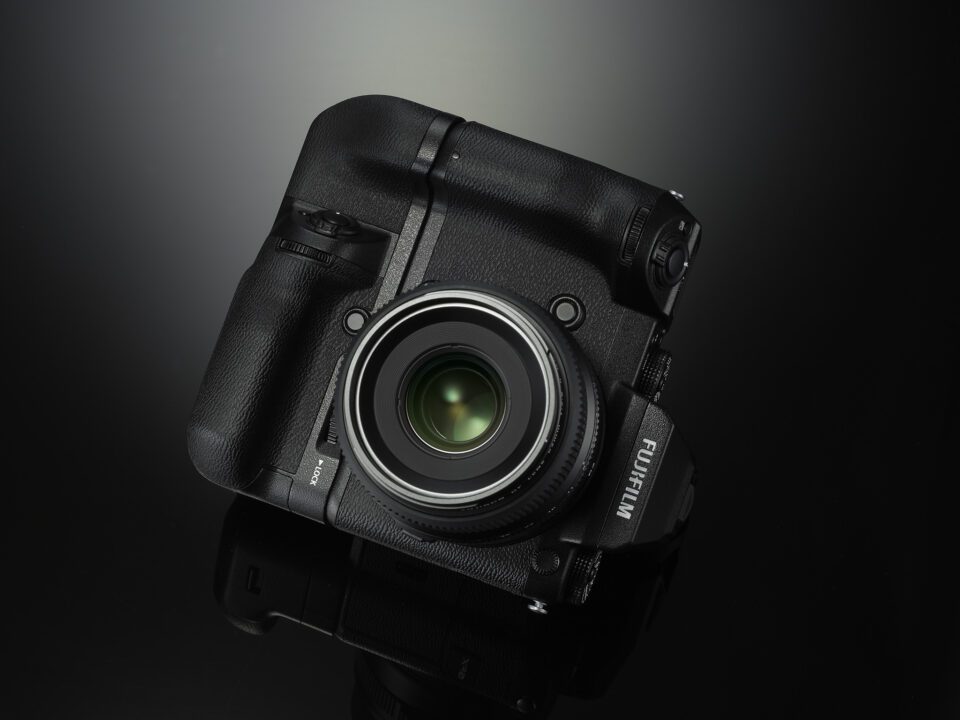Back in September of last year, Fuji teased us with an announcement of the Fujifilm GFX 50S medium format mirrorless camera. While we got a taste of what the camera would look like, Fuji did not reveal the full specifications of the camera, along with the price. All we knew back then was that the camera was supposed to be under $ 10K with a lens, which was already good news, as the competing Hasselblad X1D-50c was announced with a price tag of $ 9K for just the camera body. Today, Fuji finally revealed the price of the GFX 50S and it is $ 2,500 cheaper compared to the Hasslelblad! Considering the price of the X1D-50c, along with the much larger, bulkier and heavier Pentax 645Z that still retails for $ 7K, the price of the Fuji GFX 50S is shockingly low. And based on the final specifications, the GFX 50S is going to be a beast of a camera for landscape, architecture, studio and product photography.
I have been personally waiting for this price announcement, since the GFX 50 is a camera I am seriously interested in to move up to from my Nikon D810. After testing out and reviewing the Pentax 645Z last year (see my detailed Pentax 645Z review), I saw a pretty noticeable gain in overall image quality when compared to a full-frame camera. And when I tried to stitch a vertical panorama, I was amazed to see so much detail in a single image. Here is one of the panoramas I was able to produce with the Pentax 645Z:

Zabriskie Point Panorama
This is the largest panorama I have produced to date. At 400 MP, this image has so much detail that it could be easily made into a wall-size print at fairly good DPI. I would not have been able to produce this much detail in a single shot even with the highest resolution digital camera today.
And just to give you an idea of the detail level I got in this image, take a look at the below 100% crop, taken from the Manly Beacon part of the image:

Such high resolution images with a lot of detail are important in order to produce high quality, large-size prints. This may not be a big deal for most photographers out there, as they rarely print or sell their work, but for me, that’s becoming more and more important as I am starting to license and sell my work. Although I have managed to make pretty detailed panoramas with my D810, I often have to resort to multi-row shooting to get the maximum amount of detail, which can be quite time-consuming and can present challenges when working with fast-moving clouds or changing light conditions. With a higher resolution camera, one can shoot less frames and still hit the same target resolution. Plus, I found out that the 4:3 aspect ratio actually works better for vertical panoramas than the traditional 3:2, since it is taller, which again translates to less total shots needed.
At $ 6,500, the Fuji GFX 50S is going to be the most value-driven medium format camera on the market. At just 740 grams, the camera is twice lighter than the Pentax 645Z and it is even lighter than my Nikon D810, which weighs over 100 grams more! Size-wise, it is also no bigger than the D810 – with its dimensions of 148 x 94 x 91 mm, it is only slightly taller and longer, but definitely noticeably thinner in comparison (the D810 measures 146 x 123 x 81.5 mm). Now that’s a huge deal, as it means that I would be moving up in sensor size without adding any extra weight or bulk. The cost of the camera is obviously significant (especially now that the D810 has gone down in price by $ 500 since it was announced), but that’s a given, considering that it is medium format after-all.
The Fuji GFX 50S will be a fully weather-sealed camera too, so there are no concerns with working in harsh conditions. There will be two SD memory card slots compatible with the newest UHS-II media, which will make the GFX 50S a reliable tool for professional photography, since it will be possible to use one slot for primary storage and the second slot as a backup (an option for overflow will also be available via camera menu). When it comes to autofocus, I don’t expect the first generation medium format camera to be as robust as current DSLR and mirrorless cameras. Fuji is shipping a 117-point contrast-detect AF system with the GFX 50S, so focusing on any particular area of the frame should not be a problem. However, based on the contrast-detect only AF system, we know that the camera won’t be an AF speed monster. Given that Fuji is so committed with continuous firmware tweaks, I am sure the company will make AF more capable and reliable in the future. In fact, Fuji is one of the few camera manufacturers that actually goes back to add more features via firmware updates, so I know that’s one area I won’t have to worry about…
Another important feature is a 3.2″ dual-tilt touchscreen. While I personally don’t care for the touchscreen, it could be actually an interesting feature to use for instant focusing. But the more exciting part is the tilting LCD – that’s one feature I really wish I had on my Nikon D810! Just because of the tilting capability, I often prefer to shoot with my Nikon D750, since shooting at odd angles is so much easier, especially when hand-holding the camera.
If you have any legacy medium format lenses, especially Fujinon HC lenses, you will be able to adapt any of them for the Fuji GFX 50S. I don’t own any medium format lenses, but for those who do, it is another important advantage, as you don’t need to worry about putting a large investment towards the new Fuji G mount lenses. Speaking of which, Fuji is launching a total of 3 lenses now, which include the Fujinon GF 63mm f/2.8 R WR (50mm full-frame equivalent), the Fujinon GF 32-64mm f/4 R LM WR (25-51mm full-frame equivalent) and the Fujinon GF 120mm f/4 R LM OIS WR Macro (95mm full-frame equivalent). Note that every lens is weather sealed at launch, which means that Fuji is really targeting this system for landscape photographers! Three more lenses are supposed to follow later this year in the shape of 23mm f/4 (18mm full-frame equivalent), 45mm f/2.8 (35mm full-frame equivalent) and 110mm f/2 (87mm full-frame equivalent). That’s a commitment of a total of 6 lenses in the same year.
Personally, I will most likely be starting with a single lens setup – the 32-64mm f/4 WR. 24-70mm is my favorite zoom range on a full-frame lens and this one is close enough at 25-51mm. The 63mm f/2.8 WR would be a great lens for portraits, but it overlaps with the 32-64mm and its one stop advantage is not something that particularly interests me. And given that macro lenses perform best at close distances vs infinity, I don’t see much value with the 120mm f/4 WR either for landscape photography, at least at the moment. Once the other three lenses are out, I will most likely invest in them, especially if they are optically excellent (which I am sure they will be, given the track record of Fuji). Whether I decide to buy lenses or not, I will be testing every lens for the Fuji GFX 50S though for review purposes, since other readers might be interested. At $ 8,800 with the 32-64mm lens, that’s a pretty big bargain compared to what I would have to spend on the Hasselblad X1D-50c body alone.
Fuji is targeting late February of this year to release the GFX 50S, along with the three lenses. I would applaud the company if they can truly meet that deadline, since Hasselblad has been struggling to ship the X1D-50c since last fall. And if you have any interest in the Fuji GFX 50S, I would seriously recommend to pre-order the camera as soon as possible, since it will probably be heavily back-ordered for a while. Hasselblad said that they had an unexpected number of pre-orders for the X1D-50c and given the price of the GFX 50S, I expect Fuji to get a lot more pre-orders in comparison. And as always, if you would like to support our site, you can pre-order the camera using the links provided below.
As soon as the Fuji GFX 50S ships, I am planning to provide detailed coverage of the camera, along with some comparisons with the Hasselblad X1D-50c. Exciting times! Stay tuned for more!
Pre-Order Information
You can pre-order the Fuji GFX 50S, along with the three new lenses using the pre-order links below:
- Pre-order Fuji GFX 50S for $ 6,499 at B&H Photo Video / Adorama
- Pre-order Fuji GF 32-64mm f/4 WR for $ 2,299 at B&H Photo Video / Adorama
- Pre-order Fuji GF 63mm f/2.8 WR for $ 1,499 at B&H Photo Video / Adorama
- Pre-order Fuji GF 120mm f/4 Macro OIS WR for $ 2,699 at B&H Photo Video / Adorama
The post Fuji GFX 50S Medium Format is $ 6500! appeared first on Photography Life.









